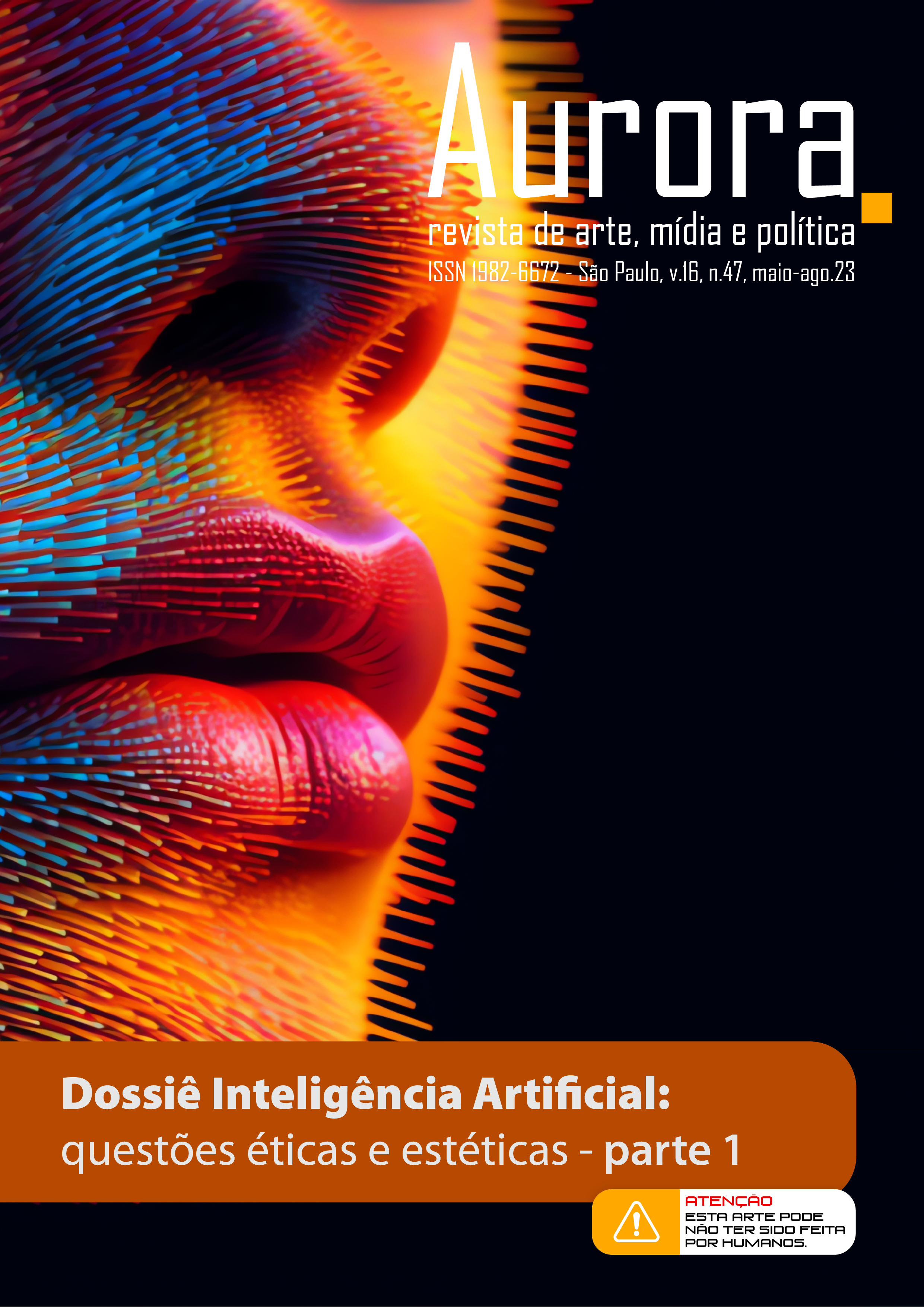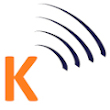Um futuro laboral distópico prenunciado na série Westworld da HBO Max
DOI:
https://doi.org/10.23925/1982-6672.2023v16i47p19-36Palavras-chave:
Inteligência Artificial, Westworld, Trabalho, Programação preditivaResumo
O presente artigo visa explicitar como a ficção científica arquitetou previamente (programação preditiva) aquilo que os profissionais da tecnologia criaram ou revelaram ao público, posteriormente: a ideia do androide, dos robôs e da Inteligência Artificial (IA). A Série Westworld da HBO Max retrata uma realidade em que não se pode distinguir com clareza onde está o elemento humano e o artificial. Um mundo onde seres humanos e máquinas trabalham e vivem lado a lado, sem que os humanos se deem conta disso. O ensaio foi elaborado a partir da seleção e análise de cenas, por meio do método de Análise Crítica do Discurso (ACD) de Norman Fairclough (1995), em que fica explicitada tal indistinção laboral entre homem e máquina. O resultado foi a constatação do domínio da máquina sobre a humanidade.
Palavras-chave: Inteligência Artificial, Westworld, trabalho, programação preditiva, tecnologia.
Referências
FELICIANO, Guilherme Guimarães; SILVA, José Antônio Ricardo de Oliveira. A inteligência artificial e o direito do trabalho: lampejos utópicos para um futuro distópico. Revista do Tribunal Superior do Trabalho, São Paulo, v. 88, pp. 25-52, jan./mar. 2022.
FAIRCLOUGH, N. Critical discourse analysis: The critical study of language. London, England: Longman, 1995.
SILVA, Cintia Coelho da. Tendências e Contornos da Sociedade de Consumo. São Paulo: Editora Dialética, 2022.
Westworld [Seriado]. Produção: Jonathan Nolan e Lisa Joy. Estados Unidos: HBO, 2016 - 2022. (36 episódios).
Downloads
Publicado
Como Citar
Edição
Seção
Licença
Copyright (c) 2023 Aurora. Revista de Arte, Mídia e Política

Este trabalho está licenciado sob uma licença Creative Commons Attribution 4.0 International License.











